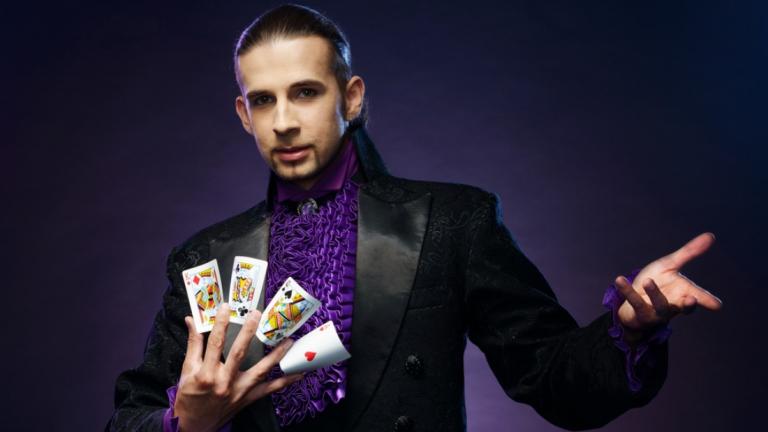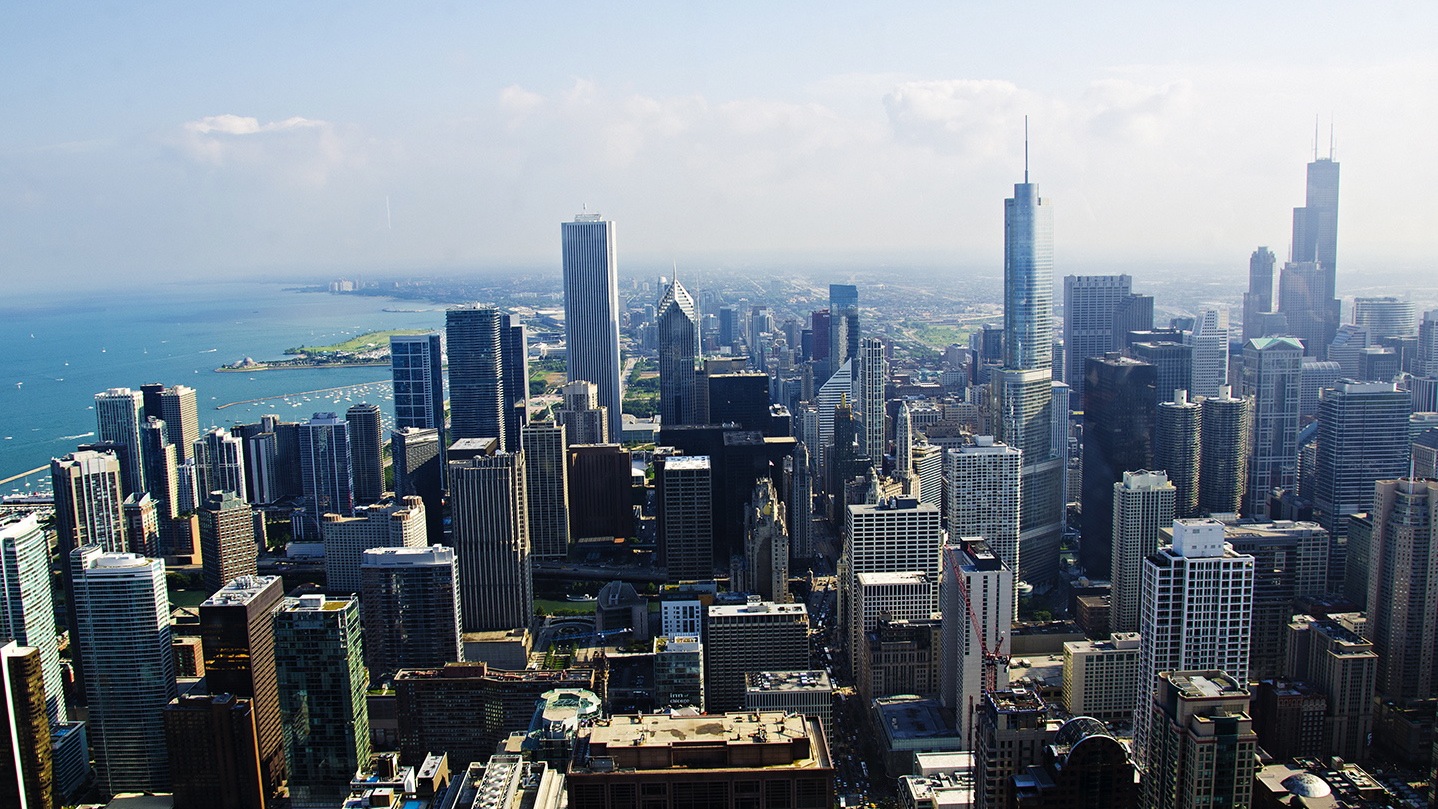The Fourth of July weekend is widely recognized as a nice little oasis in the middle of the summer for Americans to reflect on their love of country through explosions, grilled meats, and beer (not necessarily in that order.) By contrast, this year’s holiday in Chicago was commemorated by 82 shootings, including more than a dozen murders. Yesterday, the murder count for the city hit the 200 mark.
In a city so infamously beset by violence that it’s earned the nickname Chiraq, the general trend has been that murders become more frequent in warmer weather. In 2012, there were 500 murders in Chicago, and many attributed the jaw-dropping figure — the highest in the country — to an unseasonably warm spring and unbearably hot summer. It wasn’t hyperbole: I was there, and I didn’t fully comprehend the meaning of “stifling heat” until July 2012.
When I read about the tragic events of this weekend, I started thinking about a great piece that my colleague Brentin Mock wrote for Grist last week:
When we think of heat-related deaths, we envision elderly people with heart problems who can’t manage under extreme temperatures. But Lee’s film also shows how heat exacerbates underlying tensions and anxieties in our communities, especially those where racial, cultural, and class differences are apparent … Do the Right Thing’s suspense builds as the temperature rises. The destruction at the movie’s conclusion is an apt metaphor for what will happen as the Earth’s temperature rises under climate change, enflaming communities’ socioeconomic problems in the process.
And what’s the best way to address violence in warming neighborhoods already plagued by poverty? In America’s deadliest areas — speaking in terms of total number of murders — the response has been to try to literally redefine homicide. A terrific article in Chicago Magazine this spring found multiple cases of the CPD reclassifying deaths to bring down the reported murder rate. Alternatively, the local media is working to ensure that no murder gets brushed under the proverbial rug: The Chicago Tribune and RedEye each have dedicated coverage to tracking homicides in the city.
Our takeaway? If you want to track how (and if) violent behavior changes as days — and years — get warmer, rely on local reporters before local cops.



